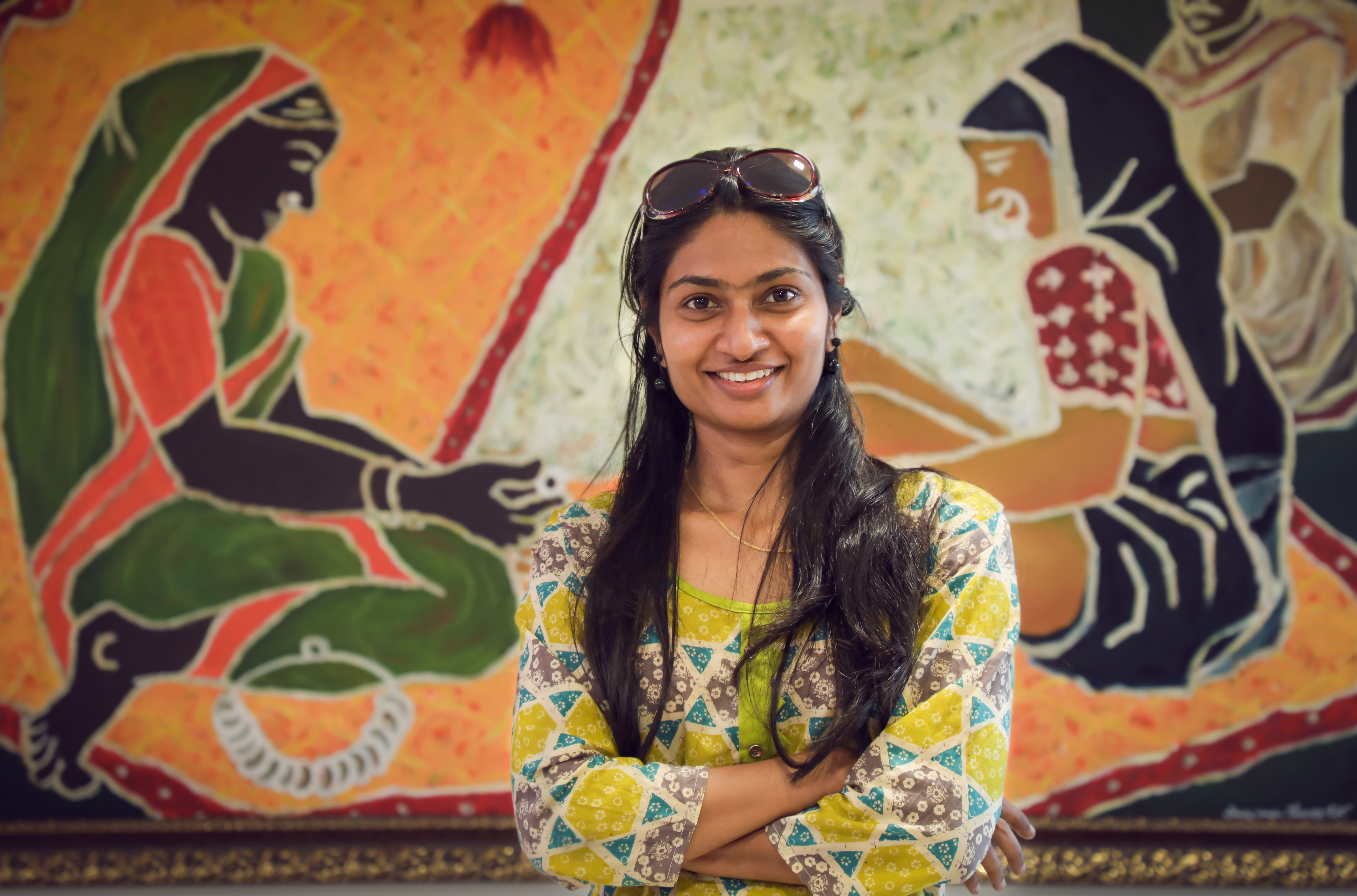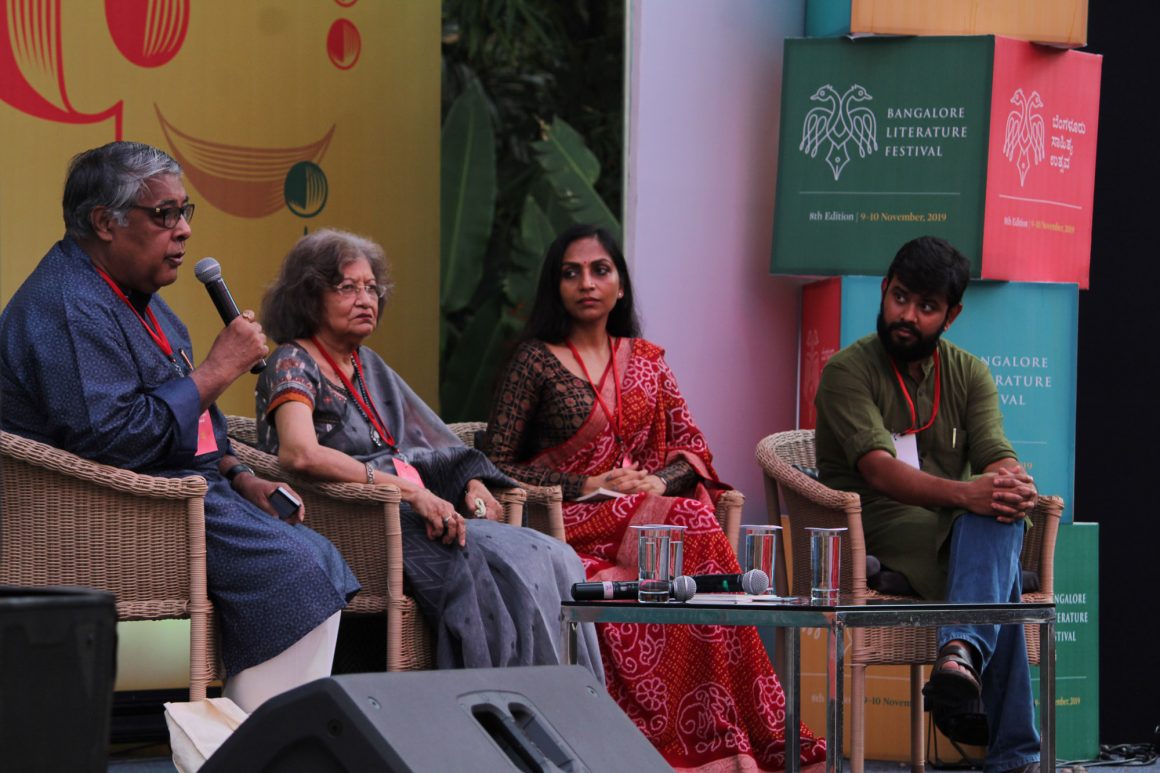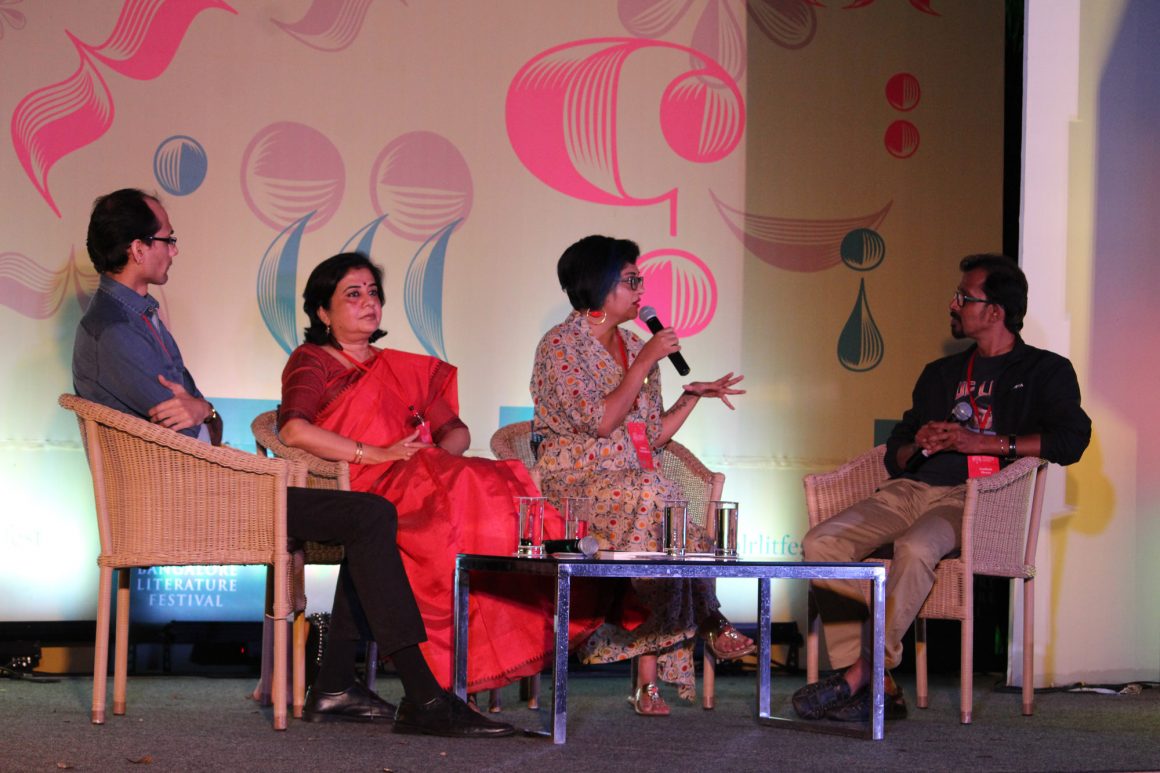The Dalai Lama and HDH Nithyananda Paramashivam are incontrovertibly two of the most powerful spiritual figures of the present times. Both are outspoken, against the tyranny of the establishment and are working towards a new world order – one where divisions disappear and people live in peace, powerfulness and prosperity. Both are exiled from their homes and have hence become citizens of the world. Both are ancient beings who have re-incarnated to bring back order into the chaos that the world has become today. (Source – kailaasa.org)
Apparently, cancelling someone’s passport in India ensures that the person will be found tweeting from a different country the next day. If you appear stupid enough to be deemed harmless to the government, the government will let you continue with your stupidity for as long as you want. However, if the party in power has over-promised to its people and you suddenly start doing less stupid things like ‘inspiring terrorist groups’ as in the case of Zakir Naik (who otherwise kept parroting scriptures with exact coordinates of verses) or ‘kidnapping’ and ‘employing child labour’, in Nithyananda’s case, you start to become an eyesore. The government then, cancels your passport.
So, who is a citizen of the world? Trash all your pretentious concepts of cosmopolitanism and culture-assimilation myths. The first thing you would need to do is escape (not exactly escape, just book with an airline and fly, nobody is chasing you) from India to start your journey of attainment. Expand your operations to other countries. You keep spreading your deeply spiritual operations of radicalization, kidnapping, extortion, and sex carnivals. Only when you become the most-desired in most of these countries, you have a shot at becoming the most-wanted. Of course, when you are wanted everywhere, you have attained world-citizenship. Since, he can’t be everywhere till such time that he seriously, and not ‘casually‘, tests his teleporting and cloning machines, Nithyananda has created a new nation. The exact location of this new country is not ascertained yet but let’s trust Mr. Vijay Mallya to mark the place on google maps once he arrives. Mr. Mallya must have realized that buying an island and creating a nation out of it are two different things, much like how Mr. Fadnavis realized that having the largest number of MLAs and forming a government in Indian politics are not the same.
Nithyananda means business. He is a thought-leader, a spiritual giant of his time who discusses ideas and world problems with his fellow thought-leaders like the former CFO of Infosys – TV Mohandas Pai. In the past, he has also discussed the future of science with Mr. Rajiv Malhotra. The stakes get higher if you look at the website of Kailaasa (his new Hindu nation). It gives you a point by point comparison between Dalai Lama and Nithyananda. Having some experience as his audience on youtube, I was able to separate the chaff from the wheat, chaff being the parts written by some freelance content writer (the boring stupid parts) and wheat being the parts blessed by His Divine Holiness. By the end of these impeccable comparisons, it was obvious that Dalai Lama and Nithyananda are the same person. Dalai Lama is the Bruce Wayne. Nithyananda, the Batman! The only difference is – Nithyananda, the arch-nemesis of Einstein, knows more physics than Batman can ever know. (Refer E=MC2 ? E=MC2).
Nithyananda’s country – Kailaasa or ShriKailasha serves an important purpose. While the BJP is concerned about persecuted minorities from only our neighbouring countries, it has given no thought to the Hindus persecuted within the country. Thanks to Nithyananda, persecuted Hindus of India too have a home now. Now, when the courts ban crackers right before the next Diwali, the persecuted Hindus of India can #ChaloKailaasa.
The price of onions in our country is sufficient evidence to prove that in any case, all Indians, are a persecuted lot and a lot of non-Hindus will also try to sneak into Kailaasa for the free-food Nithyananda is offering. If he wants to prevent this illegal immigration, he must direct his department of health to reach out to Nirmala Sitharaman for her onion-free recipes and to make her their brand-ambassador! We will console ourselves with radish instead and suffer in our own country.
































